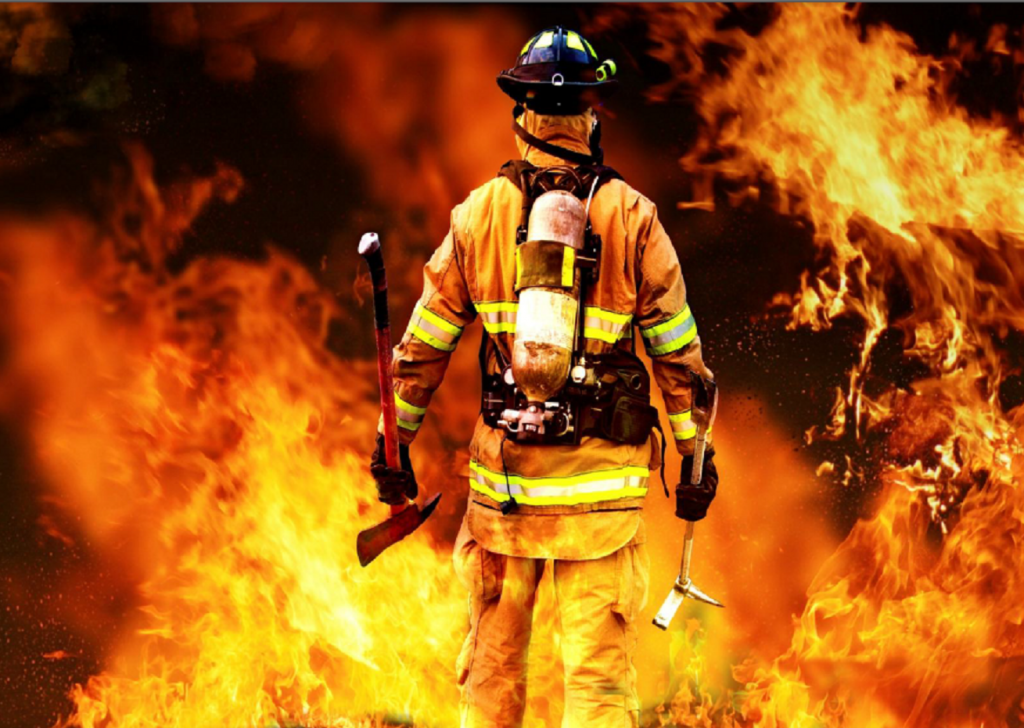
Using Statistical and Machine Learning Approaches to Investigate the Factors Affecting Fire Incidents
April 13, 2018Fires can cause costly property damages and significant economic losses. They are also a major source of severe injury and…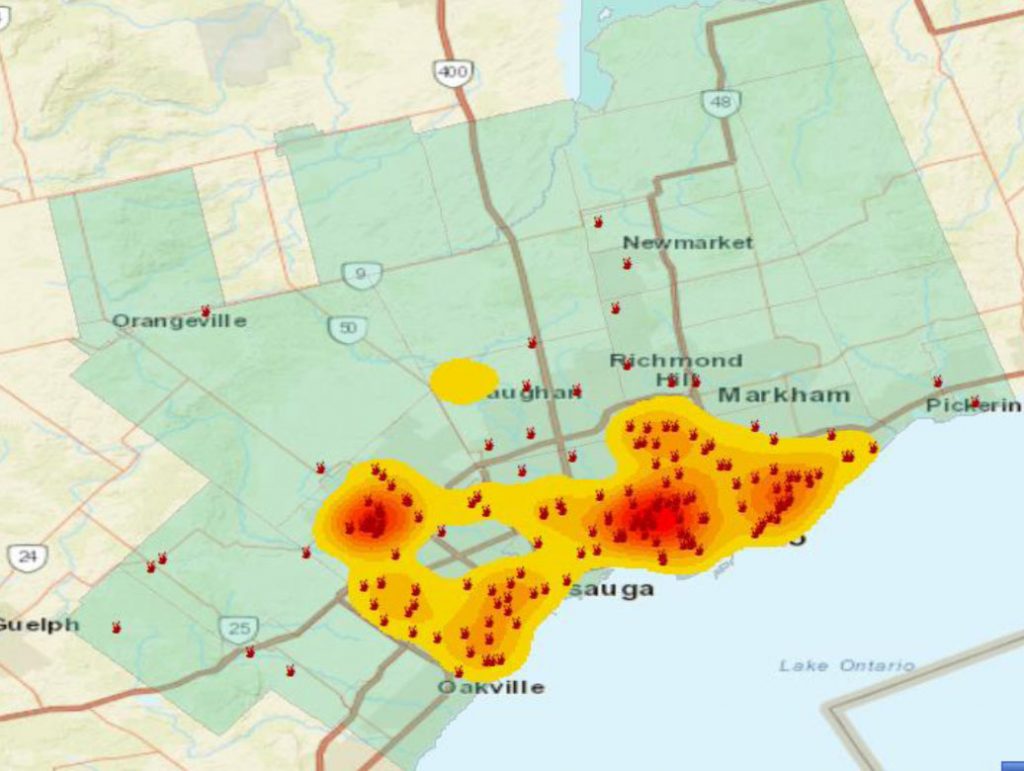
Fire and Disasters Examining Fire Incidents During Major Disasters and Emergencies in Canada
April 13, 2018Canadian cities, towns, municipalities, regions, and provinces experience various types of major disaster and emergencies. Major disasters and emergencies are…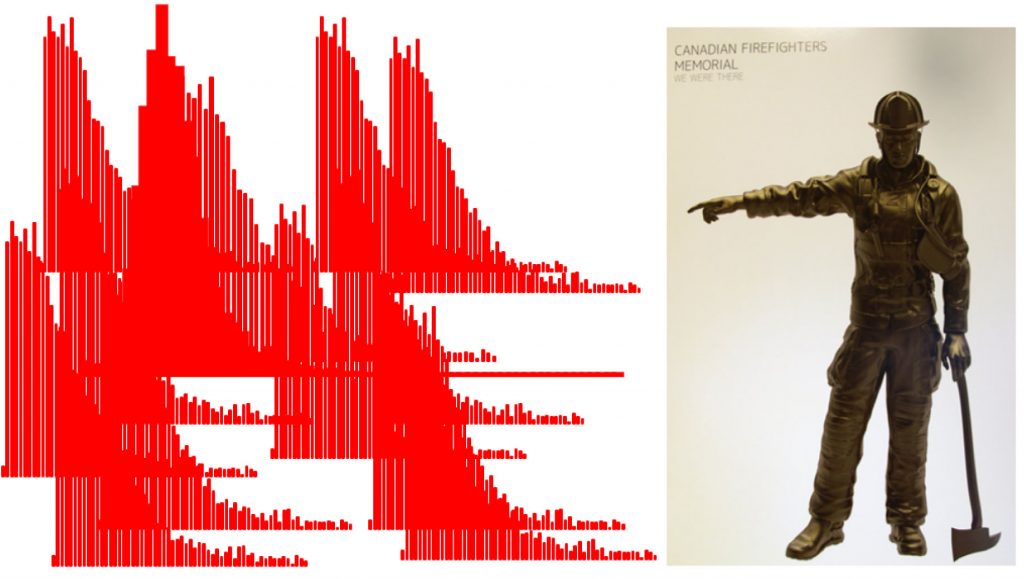
Developing a fire response test bench based on NFID
April 13, 2018Based on assumptions of completeness and consistency of fire incident data reported in the National Fire Information Database (NFID) for…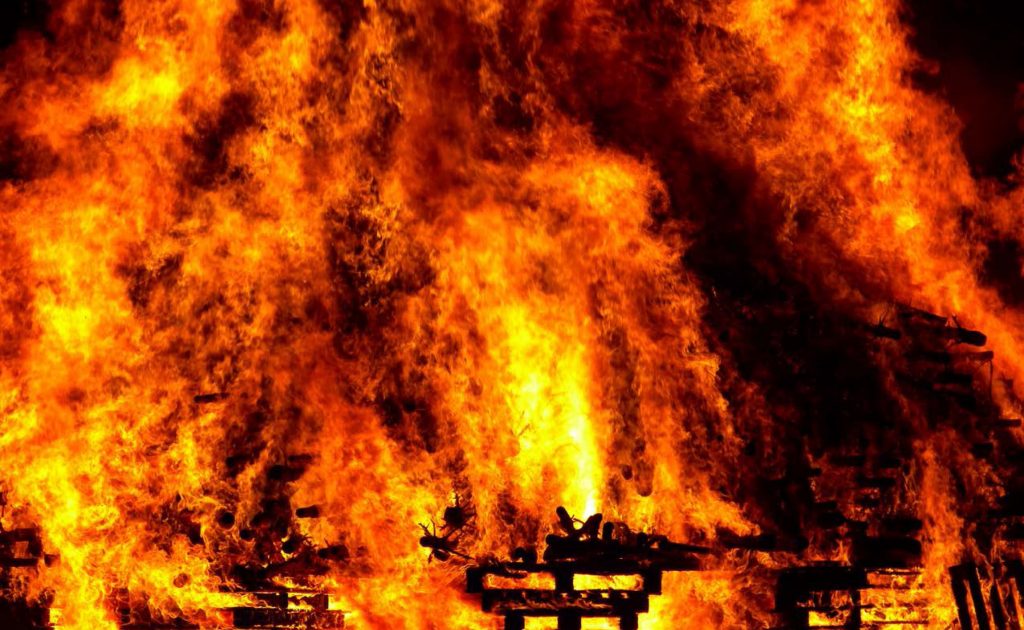
The Role of Insurance in Reducing the Frequency and Severity of Fire Losses
April 13, 2018Fires, whether in urban areas, the wildland–urban interface (WUI) or on undeveloped land, create significant losses in Canada. The risk…
Home Cooking Structure Fires in Four Canadian Jurisdictions: Analyses of the National Fire Information Database, 2005 to 2014
April 13, 2018Home cooking structure fires are a significant, yet preventable, public-safety problem. Analyses of the National Fire Information Database (NFID), which…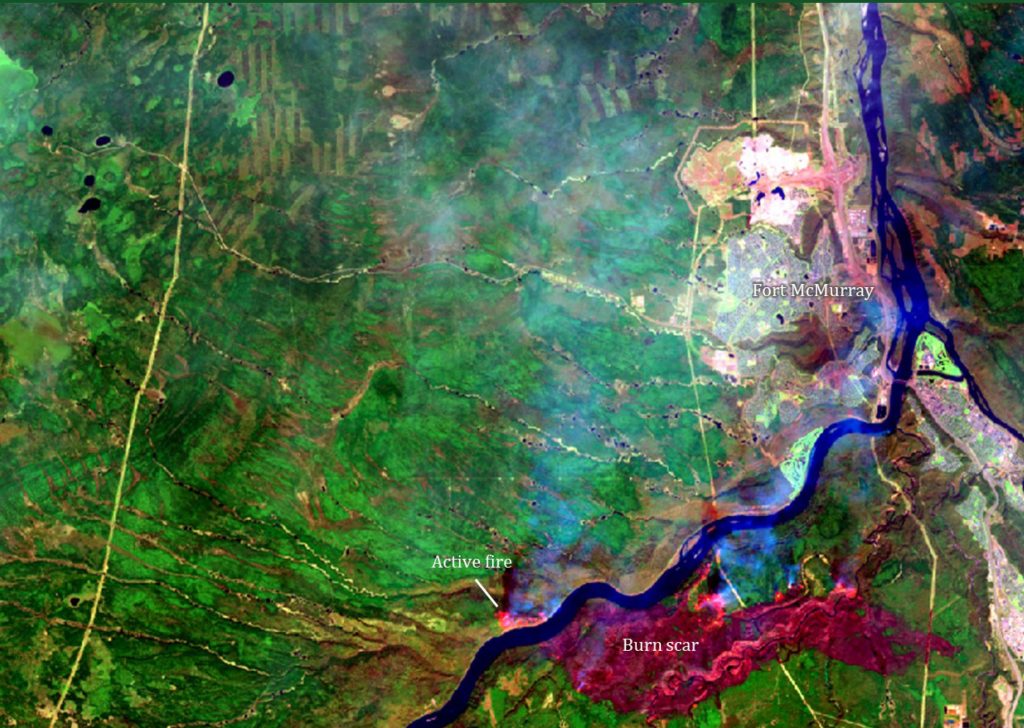
Remote Sensing of Wildland Fire-induced Risk: Assessment Framework
April 13, 2018Wildland fire is one of the critical natural hazards that pose a significant threat to the communities located in the…
Fire Risk Assessment Model for Residential Buildings Using Bow-tie Method
April 13, 2018Ensuring the safety of citizens is a responsibility of the government. Fire incidents can create many adverse impacts on human,…
The Epidemiology of Residential Fires Among Children and Youth in Canada
April 13, 2018The purpose of this report is to detail the epidemiology and burden of residential fire injuries and deaths among Canadian…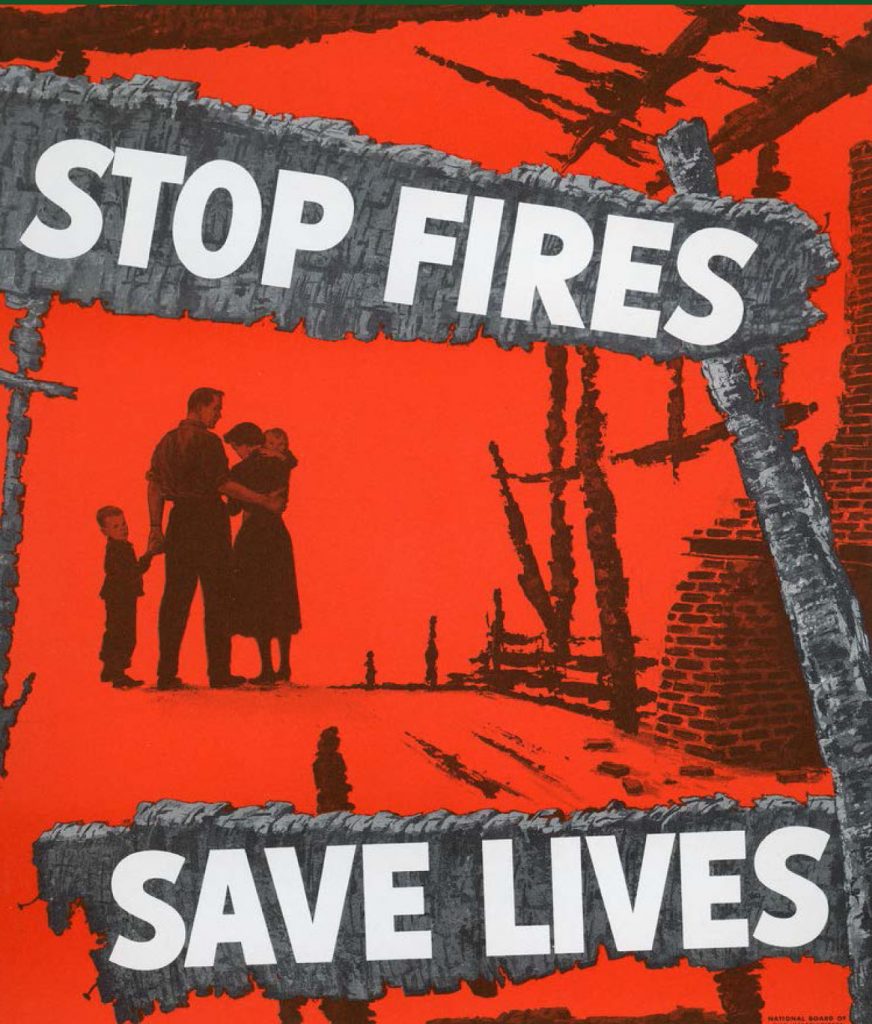
Fire and at risk populations in Canada: Analysis of the Canadian National Fire Information Database
April 13, 2018This research examines the Canadian National Fire Information Database (NFID) to understand more about At Risk Populations (Area of Focus…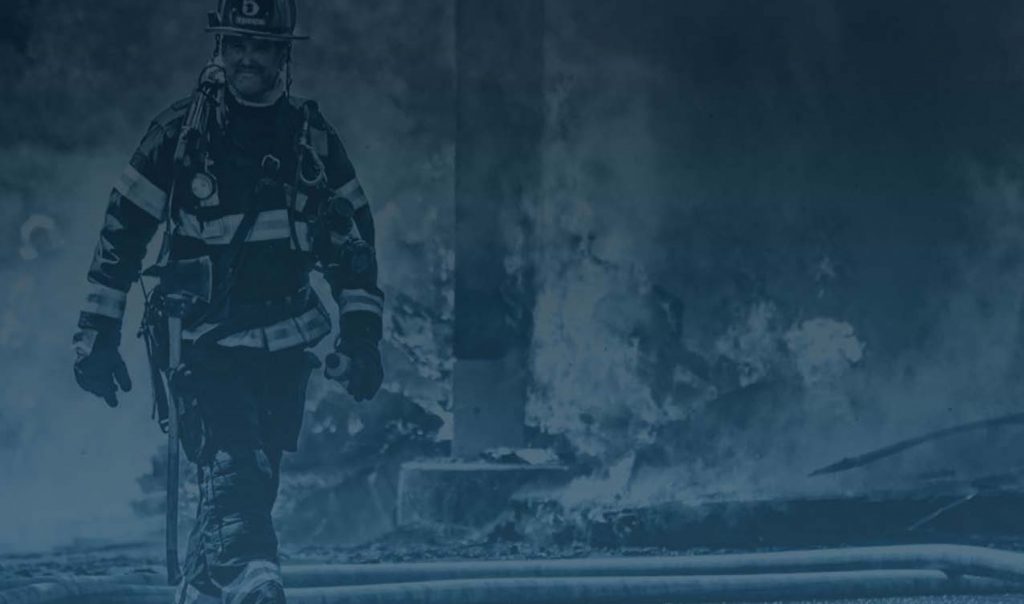
Firefighter Injuries Relative to Fire Response Characteristics
April 13, 2018Firefighters perform physically demanding work while providing essential services to support the health and wellbeing of our communities. Firefighting tasks…
